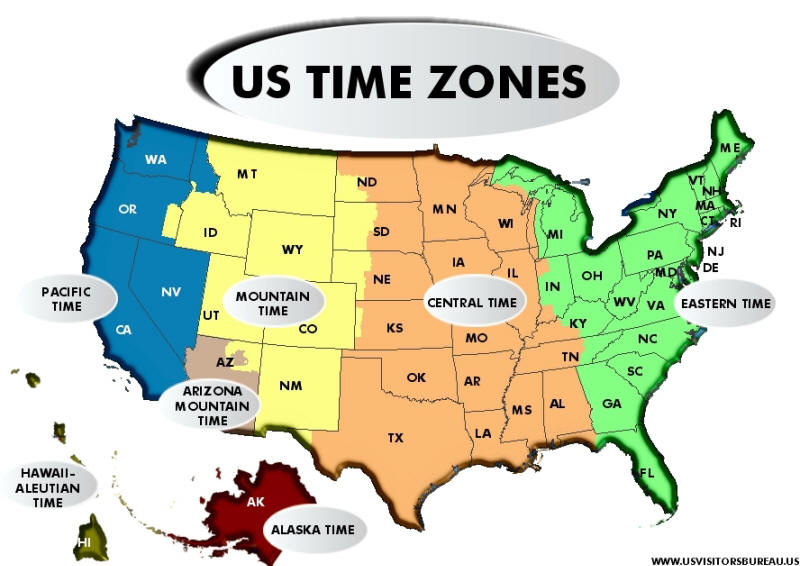The San Francisco Giants did not repeat as champions in 2011. In fact, they didn't even make the playoffs. But you can't blame the pitching staff. Giants' hurlers led the league in fewest hits allowed and were second in earned runs (and runs) and ERA. They were also second in the National League in strikeouts. But what the Giants do better than any other team is minimize damage due to the home run. As a staff, the Giants allowed only 96 homers all season. They were the only team in the majors to give up less than a hundred dingers for the season. And it's not like this is some kind of fluke. They've finished in the top five in this category since 2008. How do they do it?
Well obviously a part of their success is in striking people out. The Giants have finished either first or second in the majors in strikeouts every year since 2008. It doesn't take a genius to figure out that the less batters that hit the ball leaves fewer that can hit homers. But that's only part of the story. The Atlanta Braves led all of the majors in strikeouts in 2011 (just ahead of the Giants) but gave up 31 more homers. The Philadelphia Phillies struck out only seventeen less batters than the 2011 Giants but gave up 24 more homers.
Certainly a part of their success is that hitting a homer in AT&T Park isn't easy, especially for left-handed batters. And the Giants play a lot of road games in Los Angeles and San Diego--two other difficult homer parks. But the Giants' success at limiting homers isn't limited to their home park and those other two parks. Here is a rundown of their HR/9 in all the parks they played in for 2011:
- AT&T Park - 0.465 (!)
- Turner Field - 0.495
- Wrigley Field - 1.016
- Great America Ballpark - 0.635
- Coors Field - 0.807
- Comerica Park - 1.038
- Minute Maid Park - 1.000
- Dodger Stadium - 0.710
- Sun Life Stadium - 0.346
- Miller Park - .710
- Citi Field - 1.000
- Oakland Coliseum - 0.375
- Citizens Bank Park - 1.384
- Chase Field - 0.673
- PNC Park - 0.333
- Petco Park - 0.650
- Busch Stadium 3 - 0.730
- Nationals Park - 0.272
You can easily notice that the Giants only had problems in four of the eighteen stadiums they played in. The extremely high rate in Citizens Bank Park (Philidelphia) can in part be explained by small sample size and part of that small sample being a three-homer outing by Barry Zito who was by far the worst Giants pitcher at giving up homers (1.7 per nine). The major league average of homers allowed per nine innings was 0.941 (National League alone, 0.900). The Giants beat that rate in fourteen of eighteen stadiums, most of them by a significant margin.
Of the seventeen pitchers that pitched for the Giants in 2011, only Barry Zito, long reliever, Guillermo Mota and seldom used reliever, Steve Edlefsen had homer rates above 1.0 per nine innings. Matt Cain was amazing at 0.4 per nine, Tim Lincecum finished at 0.6, Madison Bumgarner at 0.5 and Ryan Vogelsong and Jonathan Sanchez finished at 0.8. The most oft used relievers were all terrific at preventing homers as well.
After several years in the top five in the majors in this category, you have to credit long-time pitching coach, Dave Righetti. Home run prevention has been one of the centerpieces of Righetti's tenure and it's probably no fluke that "Rags" finished his own career with a 0.6 homers per nine. In his own Rookie of the Year season in 1981, Righetti only gave up one homer in 105.1 innings of work. That's pretty astounding. Whatever Righetti was taught, he has passed on to his pitchers and it sure works. If this was a one year thing, you could call it a fluke. When it's been a pattern for five years or more, then it's something Righetti does really well.


